When comparing
PVC pipe and stainless steel pipes and fittings, many people assume that plastic materials are not as durable and long-lasting as metals, especially stainless steel. However, in actual applications, this assumption does not always hold true. While it may seem unreasonable to compare PVC to stainless steel, there are areas where PVC outperforms stainless steel. Below we will compare the performance and characteristics of the two materials from multiple aspects.
1. Temperature resistance
In high-temperature applications, stainless steel outperforms PVC. The maximum service temperature of PVC is 140°F, while stainless steel can withstand temperatures up to 450°F or even higher. However, under low-temperature conditions, stainless steel can still maintain its strength and toughness, while PVC becomes brittle and prone to cracking below 32°F.
2. Welding and connection
The welding and connection methods for PVC and stainless steel pipes vary, but each material uses the same method. Stainless steel is usually mechanically connected by heat-melt welding or bolted coupling. PVC pipes are usually chemically connected, that is, using primers and solvent glues to weld pipe connections by dissolving and fusing the inner and outer surfaces. Both welding methods have their own difficulties in execution and may experience connection failure, but both provide long-term, leak-proof joints when performed correctly.
3. Chemical Strength and Compatibility
PVC's uses are not limited to water supply pipes, drains, and vents. PVC has an important position in industrial applications and chemical processing, and stainless steel is also widely used. Both materials have demonstrated remarkable strength and compatibility with chemicals, which plastics such as PVC have surprised many people. (Consider the following overview of plastics' chemical resistance.) For handling chemicals, the feasibility and/or preference of stainless steel versus PVC will depend on the specific chemicals flowing through the pipe.
4. Corrosion Resistance
Compared to stainless steel, PVC is almost unaffected by environmental corrosion, especially when handling solutions containing chlorides. Although stainless steel has certain corrosion resistance, it may still corrode due to chemical reactions in the soil and environment during long-term use.
5. Material Characteristics
Stainless steel water pipe: This pipe is known for its excellent corrosion resistance, high temperature resistance, and high strength. It is easy to clean and has a long life, which is very suitable for use in salty and alkaline water environments. However, the cost is high, the installation is relatively complicated, and it is easily affected by external magnetic fields or hardware interference.
PVC water pipe: PVC water pipe is widely used for its light weight, convenient installation and low price. It is very suitable for use in some places with low requirements, such as tap water pipes in residential areas. However, PVC water pipes are prone to aging and cracking, and are not suitable for high temperature, high pressure or high pH environments.
6. Application places
Stainless steel water pipe: Stainless steel water pipes are widely used in drinking water pipes, chemical pipes, medical equipment, food processing, textile printing and dyeing and other fields. Especially in environments such as seawater aquaculture and offshore oil production, due to its excellent material and ability to resist various corrosive substances, it has become an irreplaceable best choice.
PVC water pipe: PVC water pipe is suitable for water flow inside buildings, such as toilets, kitchens, laundry rooms and other places. But it is not suitable for dry station heating systems, geothermal floors, solar energy, air conditioning systems, etc. Because these systems need to withstand high temperature, high pressure or high pH environments, and PVC water pipes do not have these characteristics.
7. Pipeline classification
The classification of stainless steel pipes and PVC pipes in terms of material and use is obviously different. Stainless steel pipes are mainly classified according to the material (such as austenite, ferrite, martensite, duplex) and production process (such as
seamless steel pipe and welding). According to the use, they can be divided into oil well pipes (casing, oil pipes and
drill pipes, etc.), pipeline pipes, boiler pipes, mechanical structure pipes, hydraulic support pipes, gas cylinder pipes, geological pipes, chemical pipes (high-pressure fertilizer pipes, oil cracking pipes) and ship pipes. PVC pipes are classified by material (such as hard and soft PVC) and use (such as water supply, drainage, cable protection). They are mainly used for building water supply and drainage systems, wire protection and low-pressure chemical transportation. They are light and easy to install, but have poor temperature and pressure resistance.
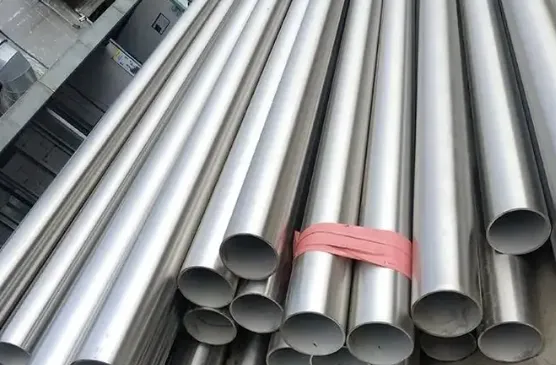
In general, PVC pipe and stainless steel pipe each have their own application scenarios, and the choice of material should be based on specific operating requirements and environmental conditions.






 English
English Español
Español بالعربية
بالعربية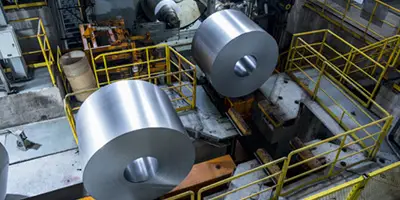
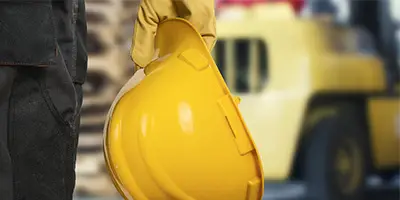
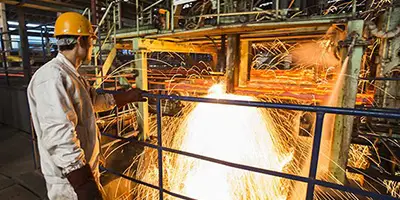
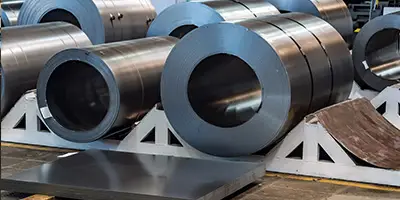

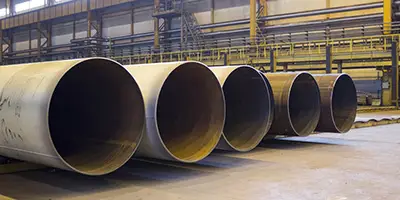
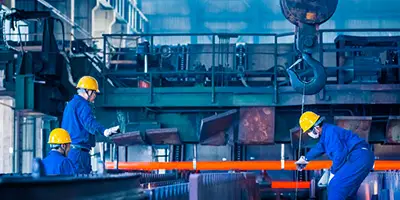
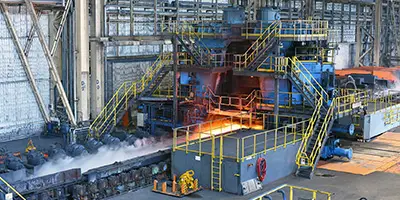
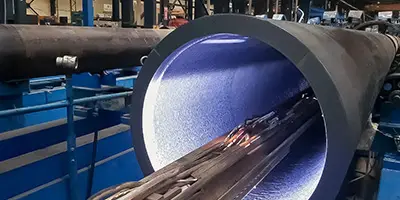
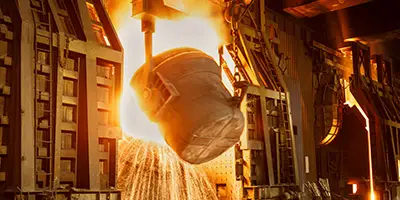
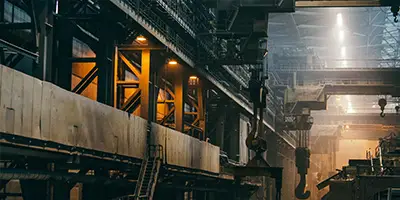

 Phone :
Phone :  Whatsapp :
Whatsapp :  Email :
Email : 


